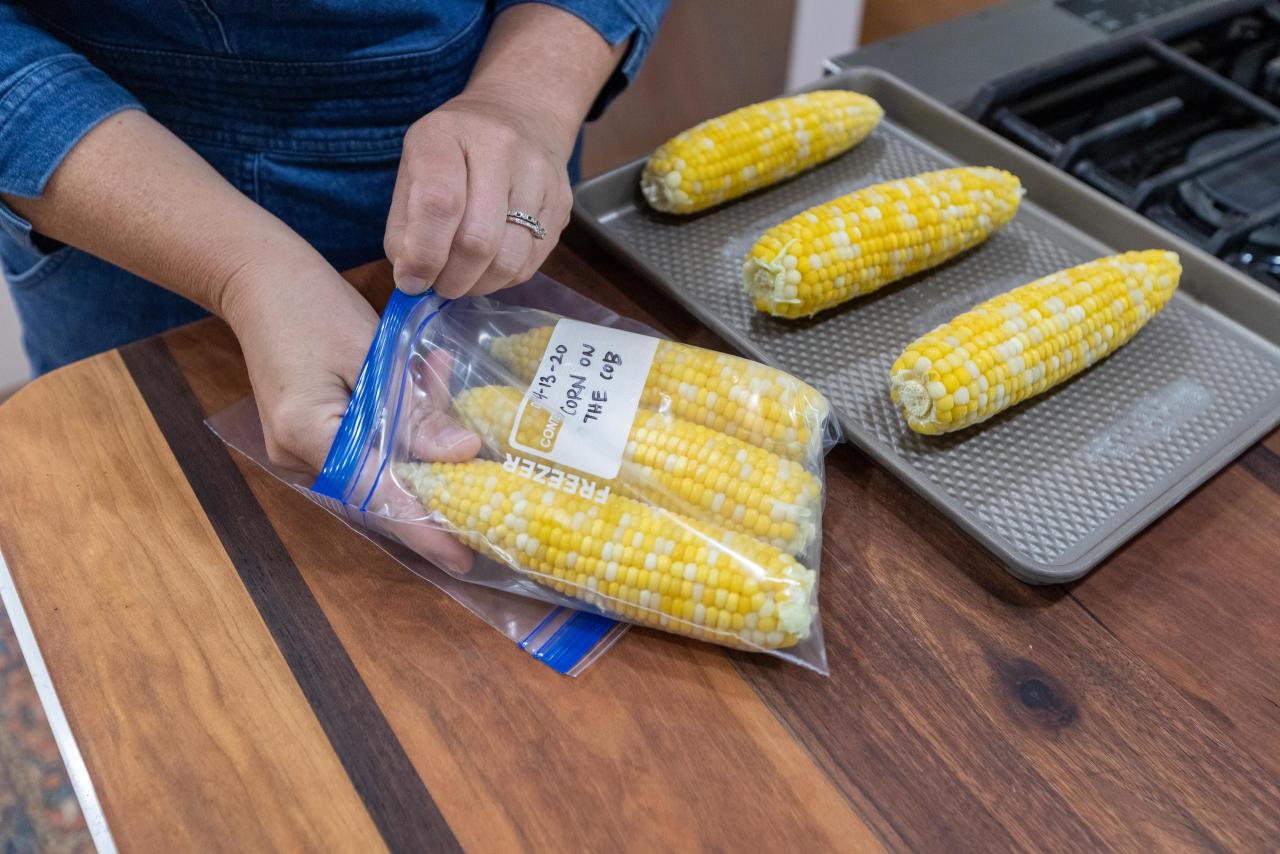

Articles
How To Store Corn On The Cob After Cooking
Modified: October 22, 2024
Learn the best techniques on how to store corn on the cob after cooking. Read our informative articles for tips and tricks to keep your corn fresh and delicious.
(Many of the links in this article redirect to a specific reviewed product. Your purchase of these products through affiliate links helps to generate commission for Storables.com, at no extra cost. Learn more)
Introduction
There’s nothing quite like the taste of fresh corn on the cob. Whether you enjoy it boiled, grilled, or steamed, it’s a delicious summer treat that can be enjoyed by the whole family. But what do you do when you have leftover cooked corn on the cob? Is it possible to store it for later use without compromising its flavor and texture? The answer is yes!
In this article, we will explore the best practices for storing cooked corn on the cob to preserve its taste and quality. We will discuss methods such as refrigeration, freezing, and canning, as well as provide some helpful tips and tricks along the way. So, if you find yourself with leftover corn on the cob and want to ensure it doesn’t go to waste, keep reading to discover how to store it properly!
Key Takeaways:
- Enjoy fresh corn on the cob year-round by mastering the art of storing cooked corn. Whether refrigerating for a few days, freezing for months, or canning for long-term storage, you’ll always have delicious corn on hand.
- Maximize the storage life of cooked corn on the cob with proper cooling, removal of husks and silks, and choosing the right storage containers. Experiment with flavors and portion control to minimize waste and ensure maximum freshness.
Read more: How To Store Corn On Cob
Why Store Cooked Corn on the Cob
You may be wondering why you would need to store cooked corn on the cob in the first place. After all, it’s best enjoyed fresh, right? While that’s true, there are several reasons why you might want to store cooked corn on the cob for later use.
Firstly, leftovers. If you cooked more corn on the cob than you can consume in one sitting, storing the leftovers ensures they don’t go to waste. Rather than letting the cooked corn deteriorate and end up in the compost bin, you can save it for another meal.
Secondly, convenience. Having cooked corn on the cob ready to go can be convenient, especially when you’re short on time or don’t feel like cooking from scratch. By having it stored, you can easily add it to salads, soups, stir-fries, or simply reheat and enjoy as a side dish.
Additionally, preserving the flavor and texture. Freshly cooked corn on the cob is undeniably delicious, but it doesn’t mean it will retain its quality indefinitely. By storing it properly, you can extend its shelf life and ensure that when you decide to enjoy it again, it still tastes as delicious as the day you cooked it.
Lastly, seasonal availability. Corn on the cob is often associated with the summer months when it’s abundantly available. But what if you want to enjoy this tasty vegetable during the off-season? Storing cooked corn on the cob allows you to enjoy it year-round, even when fresh corn is not readily available.
Now that we understand the reasons for storing cooked corn on the cob, let’s move on to the best practices for preserving its flavor and quality.
Best Practices for Storing Cooked Corn on the Cob
When it comes to storing cooked corn on the cob, there are a few best practices to keep in mind. These practices will help maintain the flavor, texture, and overall quality of the corn. Here’s what you need to know:
- Cool the corn before storing: Before you store cooked corn on the cob, allow it to cool to room temperature. This can help prevent condensation and moisture buildup inside the storage container.
- Remove the husks and silks: Husks and silks can trap moisture and can contribute to the deterioration of the corn. Therefore, it’s best to remove them before storing. You can do this immediately after cooking or before reheating.
- Avoid seasoning before storing: While seasoning corn on the cob can enhance its flavor, it’s best to avoid doing so before storing. The seasonings can become diluted or unpleasantly textured after storage. It’s better to season it just before serving.
- Choose the right storage container: It’s important to choose the right container for storing cooked corn on the cob. Opt for airtight containers or resealable bags to keep out air and moisture. This will help preserve the freshness and prevent any odors from permeating the corn.
- Date and label: Be sure to label the storage container with the date you cooked the corn. This will help you keep track of its freshness and know when it’s time to use or discard it.
- Use within a few days: Cooked corn on the cob is best consumed within a few days of cooking. While it can be stored for longer periods, the quality may deteriorate over time.
By following these best practices, you can ensure that your cooked corn on the cob remains fresh and flavorful during its time in storage. Now, let’s explore the various methods for storing cooked corn on the cob: refrigeration, freezing, and canning.
Method 1: Refrigerating Cooked Corn on the Cob
Refrigeration is one of the simplest and most common methods for storing cooked corn on the cob. Here’s how:
- Cool the corn: Allow the cooked corn on the cob to cool down completely before refrigerating it. You can leave it at room temperature for a while or put it in an ice bath to speed up the cooling process.
- Wrap in plastic wrap: Once cooled, wrap each cob individually with plastic wrap. This will help retain its moisture and prevent it from drying out in the refrigerator.
- Place in airtight container: After wrapping each cob, place them in an airtight container or resealable bag. Make sure to remove as much air as possible before sealing it to prevent any moisture from entering.
- Label and date: Label the container with the date to keep track of its freshness. Cooked corn on the cob can be stored in the refrigerator for up to 4-5 days.
- Reheat when ready to eat: To enjoy the refrigerated cooked corn on the cob, simply remove it from the refrigerator, unwrap, and reheat using your preferred method. You can steam, microwave, or even grill it to bring back its delicious flavors.
Refrigerating cooked corn on the cob is a convenient method that allows you to enjoy it for a few days after it has been cooked. However, if you’re looking for a longer-term storage option, freezing may be a better choice. Let’s explore how to freeze cooked corn on the cob in the next method.
After cooking, let the corn on the cob cool to room temperature, then wrap it tightly in plastic wrap and store it in the refrigerator for up to 3 days.
Method 2: Freezing Cooked Corn on the Cob
If you’re looking to store cooked corn on the cob for a longer period, freezing is a great option. Freezing helps to maintain the flavor and texture of the corn, allowing you to enjoy it months later. Here’s how to freeze cooked corn on the cob:
- Cool and remove husks and silks: Allow the cooked corn on the cob to cool completely. Then, remove the husks and silks, ensuring that the corn is completely clean.
- Blanch the corn: Blanching is a crucial step in freezing vegetables as it helps preserve their color, texture, and taste. Bring a large pot of water to a boil and carefully lower the corn into the boiling water. Let it blanch for about 4-5 minutes.
- Ice bath: Immediately transfer the blanched corn into a bowl or sink filled with ice water. This stops the cooking process and helps retain its crispness.
- Dry and wrap: Once the corn is completely cooled, pat it dry with a clean kitchen towel or paper towel. Then, wrap each cob tightly with plastic wrap or aluminum foil to protect it from freezer burn.
- Place in a freezer bag: Transfer the wrapped corn on the cob into a freezer bag. Squeeze out as much air as possible before sealing the bag to prevent freezer burn. Alternatively, you can use a vacuum sealer for optimal results.
- Label and date: Don’t forget to label the bag with the date so you can keep track of its storage time.
- Store in the freezer: Place the freezer bag with the wrapped corn on the cob in the freezer, making sure it lies flat to save space. The corn can be stored in the freezer for up to 6-8 months.
- Thaw and enjoy: When you’re ready to enjoy the frozen corn on the cob, remove it from the freezer and let it thaw in the refrigerator overnight. Once thawed, you can either reheat it in the oven, microwave, or on the grill.
Freezing is a fantastic option for preserving cooked corn on the cob for an extended period. Just remember to follow the proper preparation and packaging steps to ensure the best quality when you’re ready to enjoy it. If freezing isn’t your preferred method, there is another option we can explore: canning.
Read more: How To Store Corn On The Cob Without Husk
Method 3: Canning Cooked Corn on the Cob
Canning is another preservation method for storing cooked corn on the cob. Canning allows you to enjoy the flavor and freshness of corn even when fresh ears are not in season. Here’s how you can can cooked corn on the cob:
- Prepare the cans: Start by sterilizing the canning jars and lids according to the manufacturer’s instructions. Ensure they are clean and free from any dirt or debris.
- Cook and cool the corn: Cook the corn on the cob using your preferred method until it is fully cooked. Allow the corn to cool to room temperature before canning.
- Cut the corn off the cob: Using a sharp knife, carefully cut the kernels off the cob. Be sure to get as close to the cob as possible to maximize the amount of corn you can can.
- Fill the jars: Fill the sterilized jars with the cooked corn kernels. Leave about an inch of headspace at the top of the jar to allow for expansion during the canning process.
- Add liquid: If desired, you can add a small amount of liquid such as water or vegetable broth to cover the corn kernels in the jar. This helps preserve the texture and flavor of the corn.
- Seal the jars: Place the lids onto the jars and screw them on tightly. Make sure they are properly sealed to prevent any air or contaminants from entering the jars.
- Process the jars: Process the sealed jars in a pressure canner according to the recommended processing time and pressure for corn. This ensures that the corn is safely canned and free from any potential bacteria or organisms.
- Allow to cool and check seals: After the processing time is complete, carefully remove the cans from the pressure canner and set them aside to cool. Once cooled, check the seals to ensure they are secure and vacuum-sealed.
- Label and store: Label the canned corn on the cob with the date and store it in a cool, dark place. Properly canned corn can last for up to 1 year.
- Enjoy your canned corn on the cob: When you’re ready to enjoy your canned corn, simply open a jar, heat it, and serve it as desired.
Canning cooked corn on the cob is a fantastic way to preserve its flavor and texture for an extended period. It allows you to enjoy the taste of fresh corn on the cob even when it is out of season. With the right equipment and proper canning techniques, you can create delicious jars of corn that you can enjoy throughout the year.
Now that you have learned the various methods for storing cooked corn on the cob, let’s move on to some general tips and tricks that will help you make the most out of your stored corn.
Storing Corn on the Cob After Cooking: Tips and Tricks
Now that you know the methods for storing cooked corn on the cob, let’s explore some additional tips and tricks to ensure the best results:
- Choose fresh corn: Start with fresh and high-quality corn to ensure the best taste and texture after cooking and storing. Look for ears that have plump kernels and bright green husks.
- Don’t overcook: When cooking the corn on the cob, be careful not to overcook it. Overcooked corn can become mushy, making it less enjoyable to eat, and compromising the texture after storage.
- Portion control: Consider portioning the cooked corn on the cob before storing. This way, you can thaw or reheat only the amount you need, reducing waste and ensuring maximum freshness.
- Use proper storage containers: Ensure that the containers or bags you use for storage are airtight and designed for freezing or canning. This protects the corn from freezer burn or contamination.
- Label and date: Always label your storage containers with the date of cooking or canning. This helps you keep track of the freshness and know when it’s time to use or discard the corn.
- Rotate your stock: If you regularly store cooked corn on the cob, make sure to rotate your stock. Use the oldest batches first to ensure nothing goes to waste.
- Experiment with flavors: While plain corn on the cob is delicious, you can experiment by adding flavorings before storing. For example, you can brush the corn with melted butter or sprinkle it with herbs and spices to enhance its taste.
- Consider different storage methods: Depending on your preference and available storage options, you can experiment with different methods. For example, freezing may be a convenient option for shorter-term storage, while canning might be ideal for long-term storage.
- Check for quality before consuming: Before consuming the stored cooked corn on the cob, always inspect it for any signs of spoilage or off odors. If something seems off, it’s best to discard it to avoid any health risks.
By following these tips and tricks, you can maximize the storage life of your cooked corn on the cob while ensuring the best taste and quality. Whether you choose refrigeration, freezing, or canning, these guidelines will help you enjoy delicious corn throughout the year.
Before we conclude, let’s summarize what we’ve learned about storing corn on the cob after cooking.
Conclusion
Storing cooked corn on the cob is a great way to prevent waste, enjoy its delicious flavors beyond its initial serving, and have it readily available for future meals. By following the best practices discussed in this article, you can ensure that your stored corn retains its flavor, texture, and quality.
We explored three main methods for storing cooked corn on the cob: refrigeration, freezing, and canning. Refrigeration is a simple and convenient option for short-term storage, allowing you to enjoy the corn within a few days. Freezing is ideal for longer-term storage, keeping the corn fresh for several months. Canning provides an even longer storage solution, allowing you to enjoy the taste of fresh corn throughout the year.
Regardless of the storage method you choose, it’s important to cool the corn before storing, remove husks and silks, and choose proper storage containers. Labeling and dating the stored corn is crucial for keeping track of freshness, and portion control can help minimize waste.
Lastly, we discussed some helpful tips and tricks, including using fresh corn, not overcooking, experimenting with flavors, and checking for quality before consumption.
Now that you have a better understanding of how to store cooked corn on the cob, you can confidently enjoy this summertime favorite all year round. Whether you’re refrigerating for a few days, freezing for months, or canning for long-term storage, you’ll always have delicious corn on hand.
So, the next time you find yourself with leftover corn on the cob, remember the storage methods and tips discussed in this article to make the most out of your cooked corn. Happy cooking and storing!
Frequently Asked Questions about How To Store Corn On The Cob After Cooking
Was this page helpful?
At Storables.com, we guarantee accurate and reliable information. Our content, validated by Expert Board Contributors, is crafted following stringent Editorial Policies. We're committed to providing you with well-researched, expert-backed insights for all your informational needs.
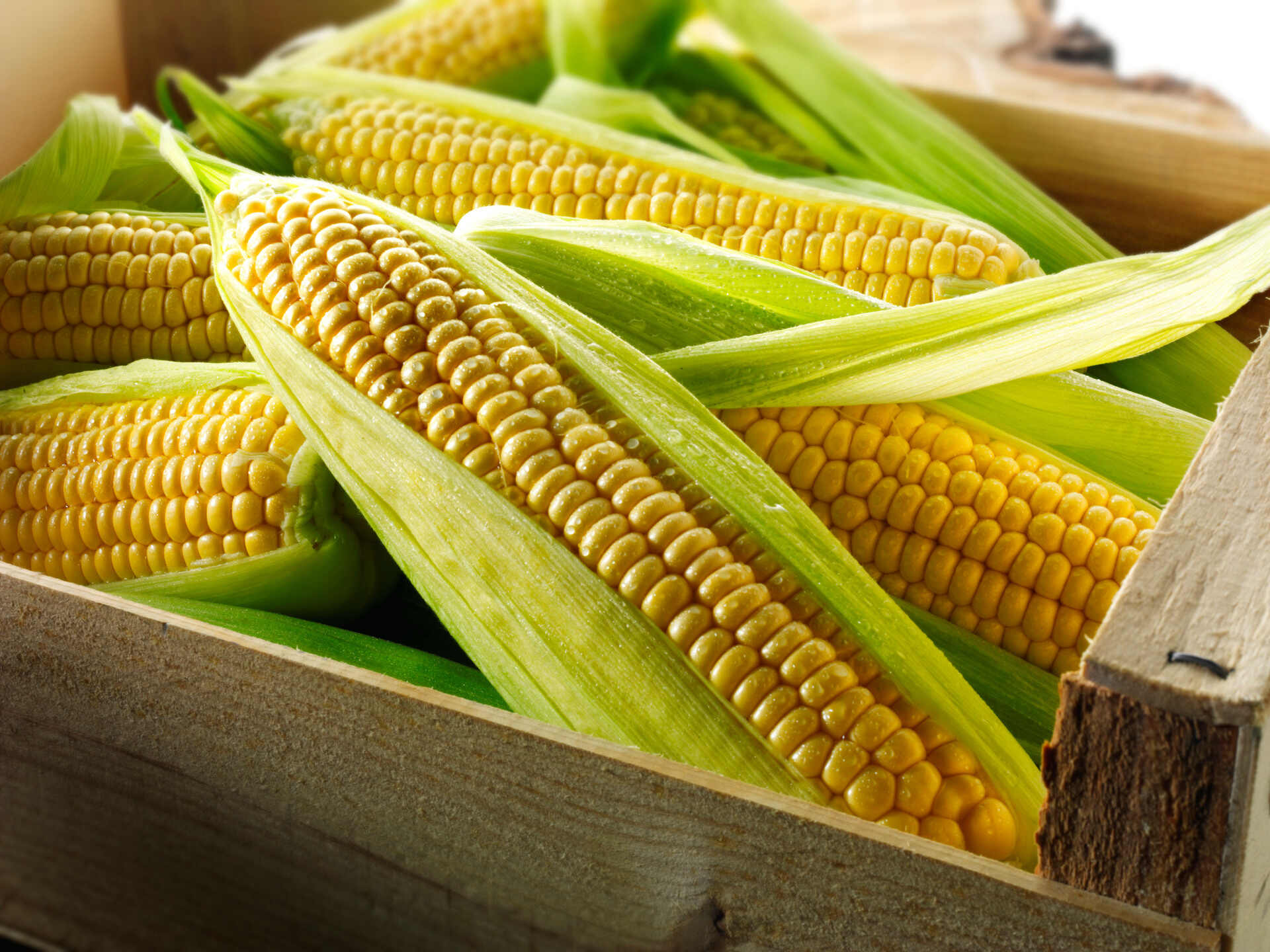
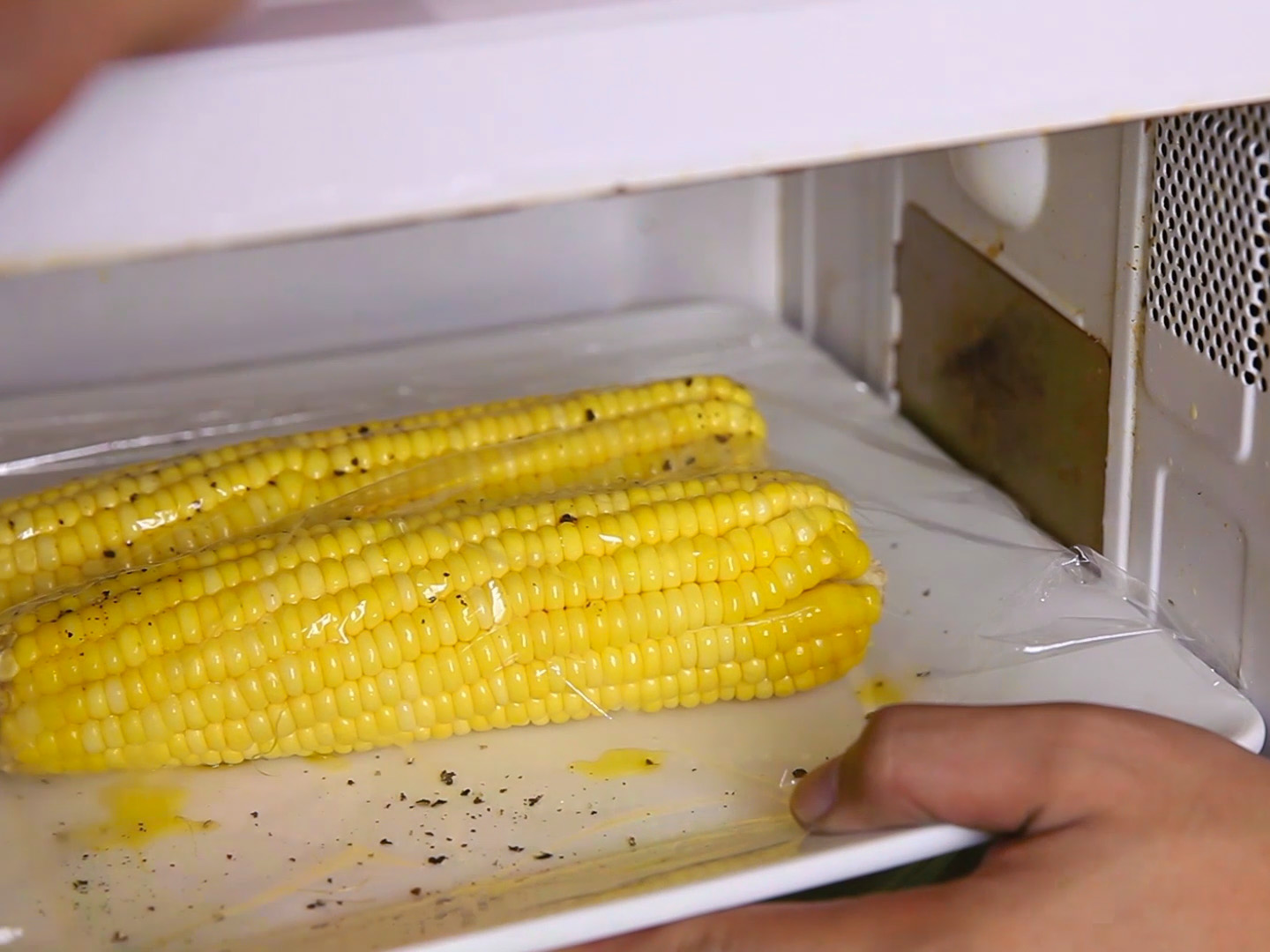
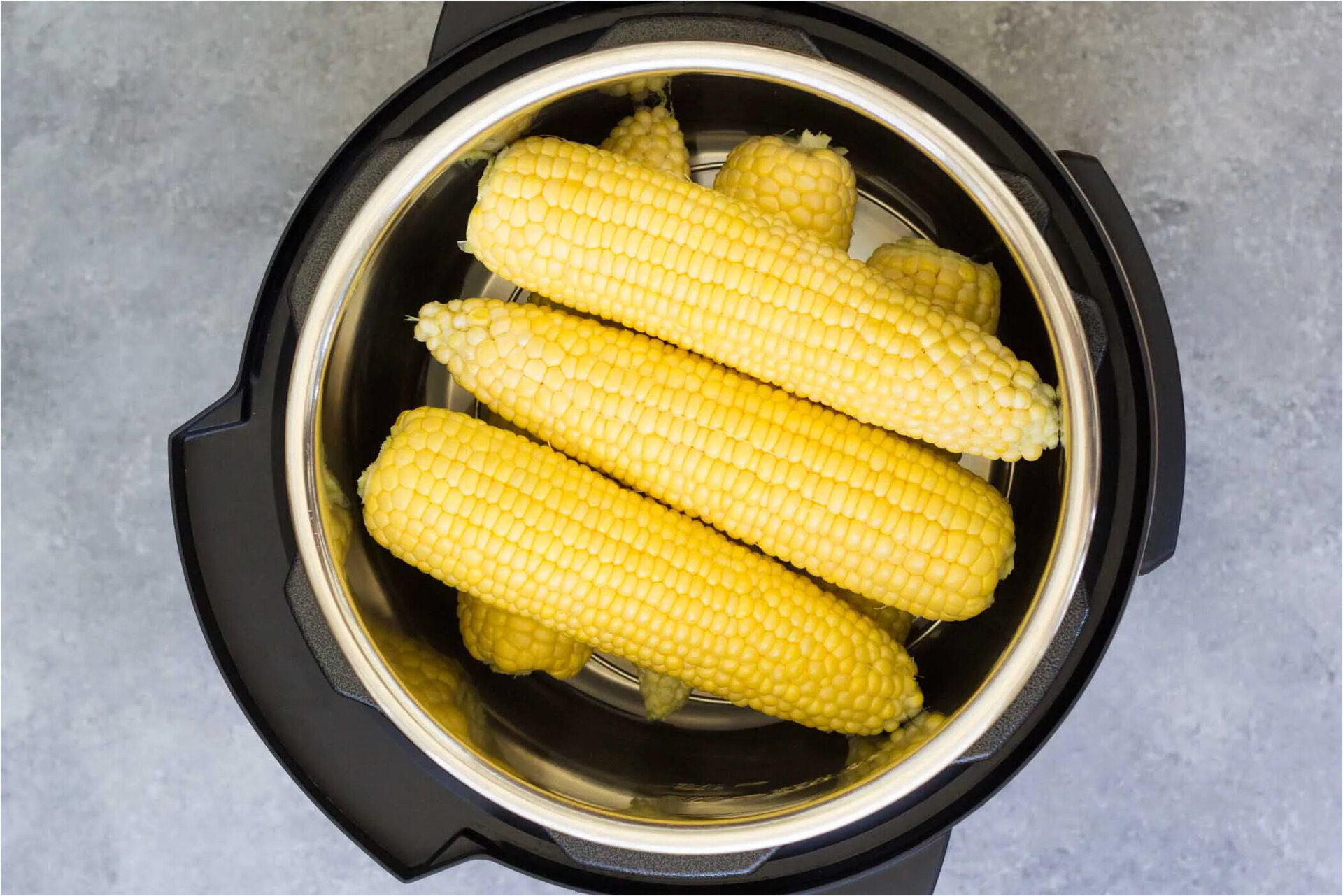
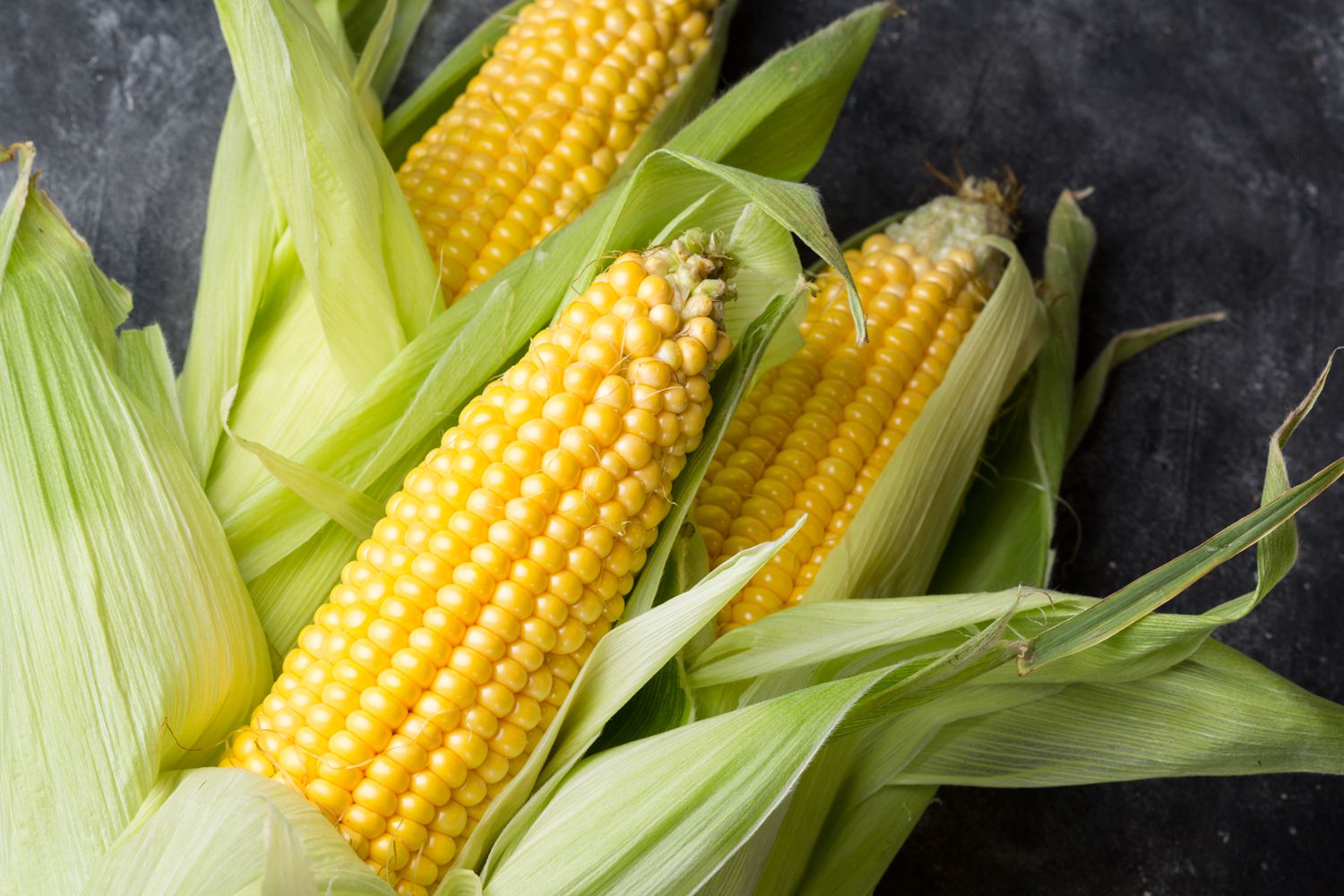
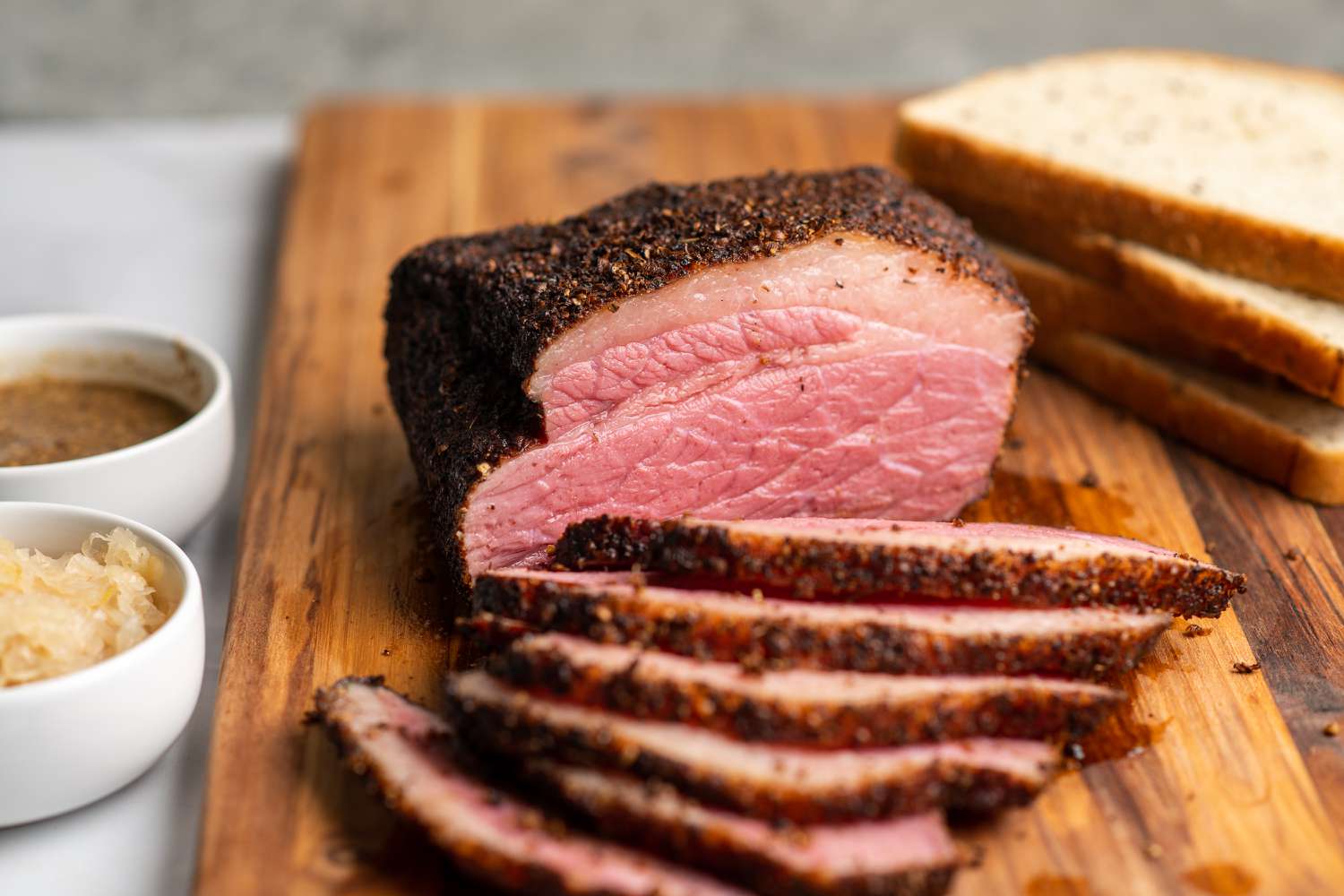
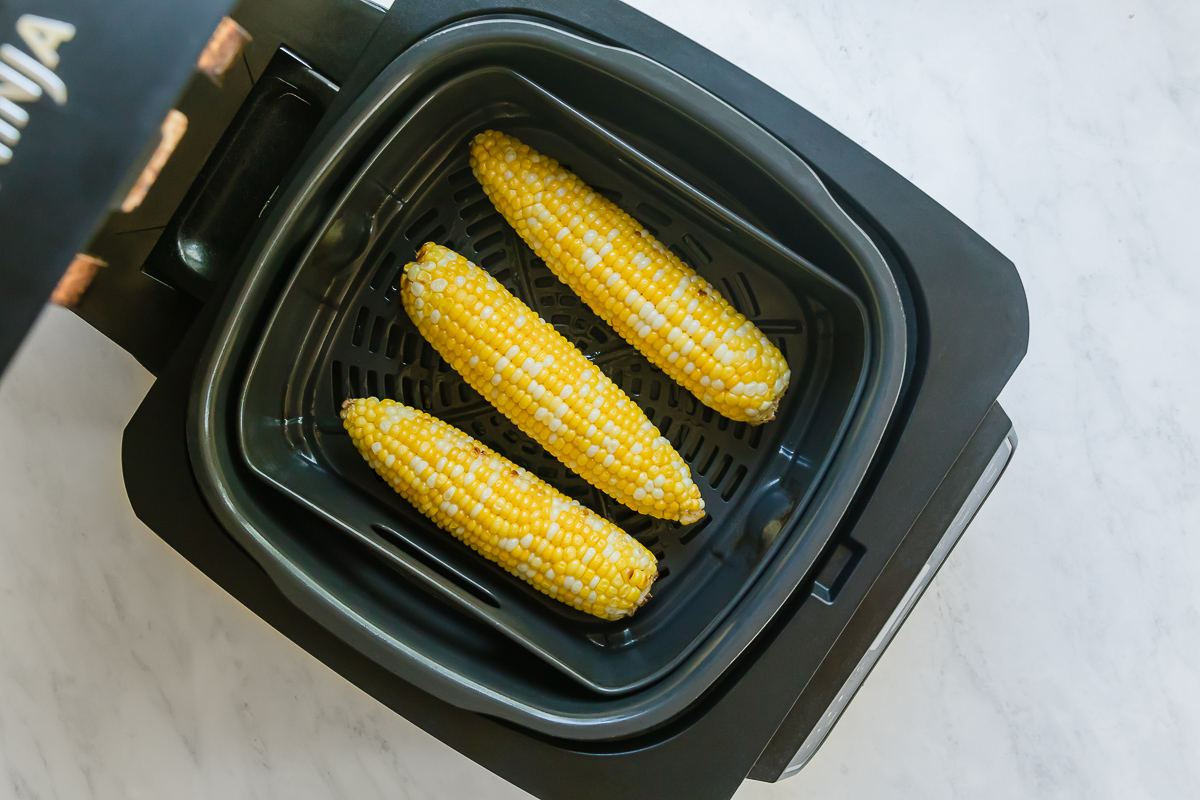
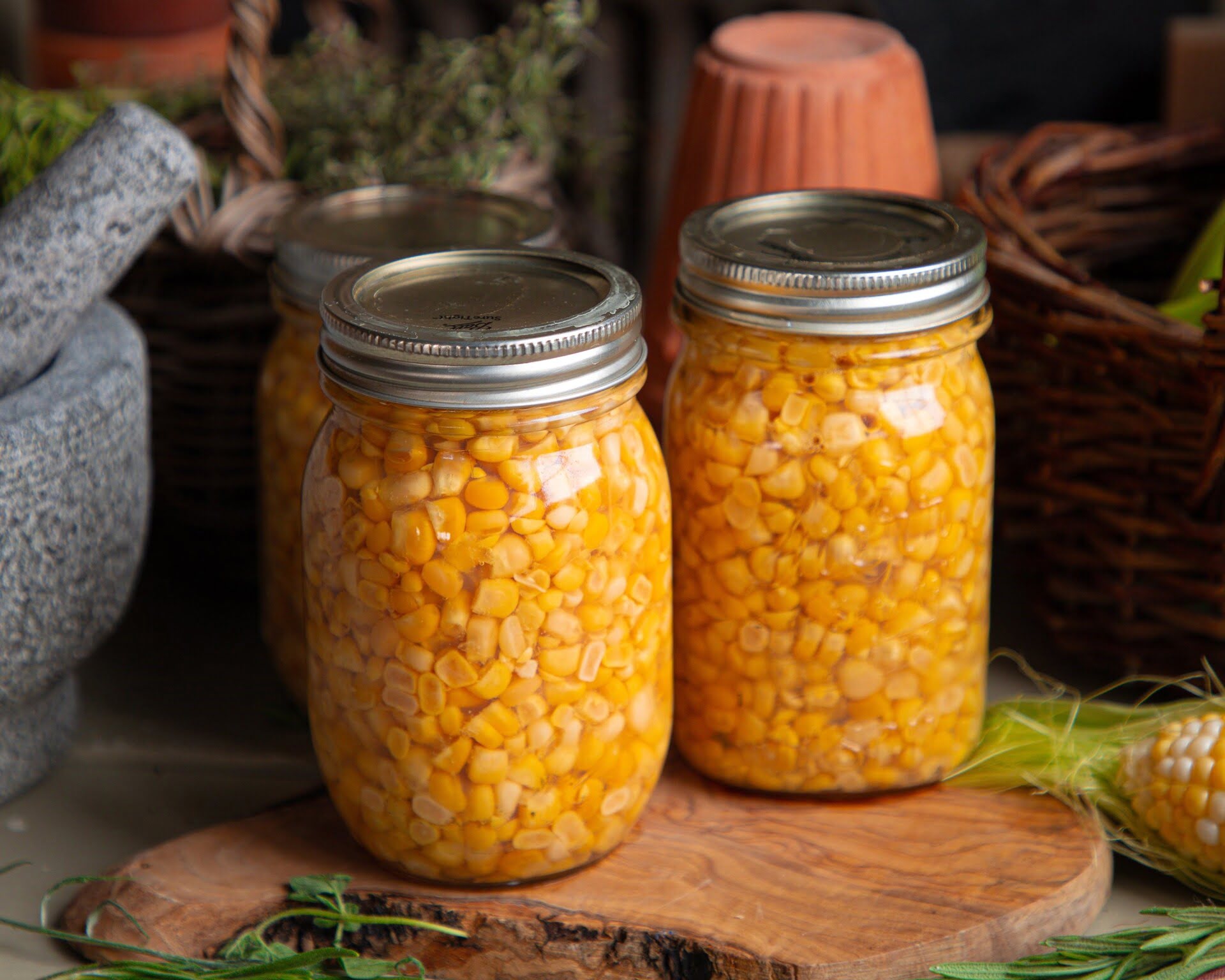
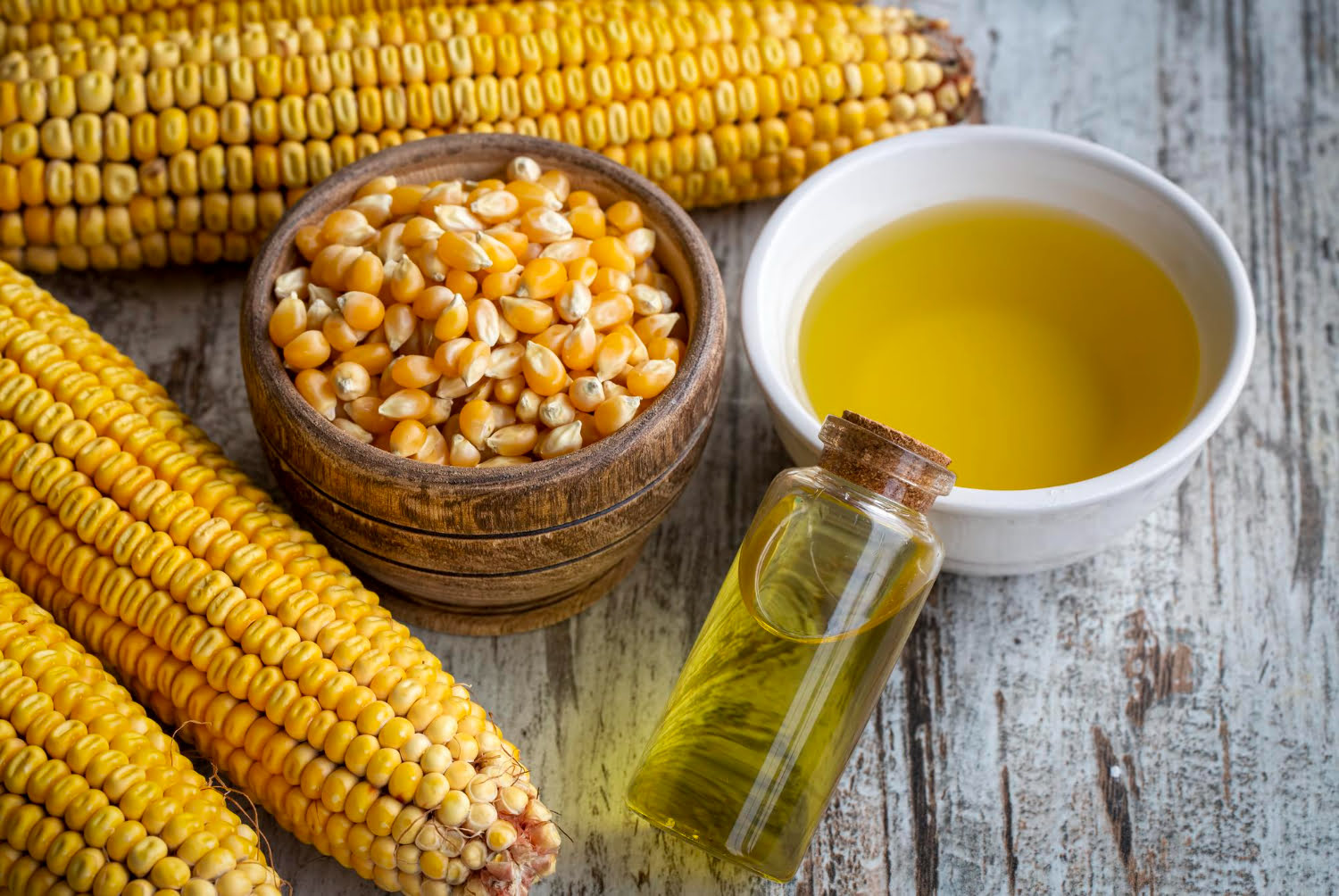
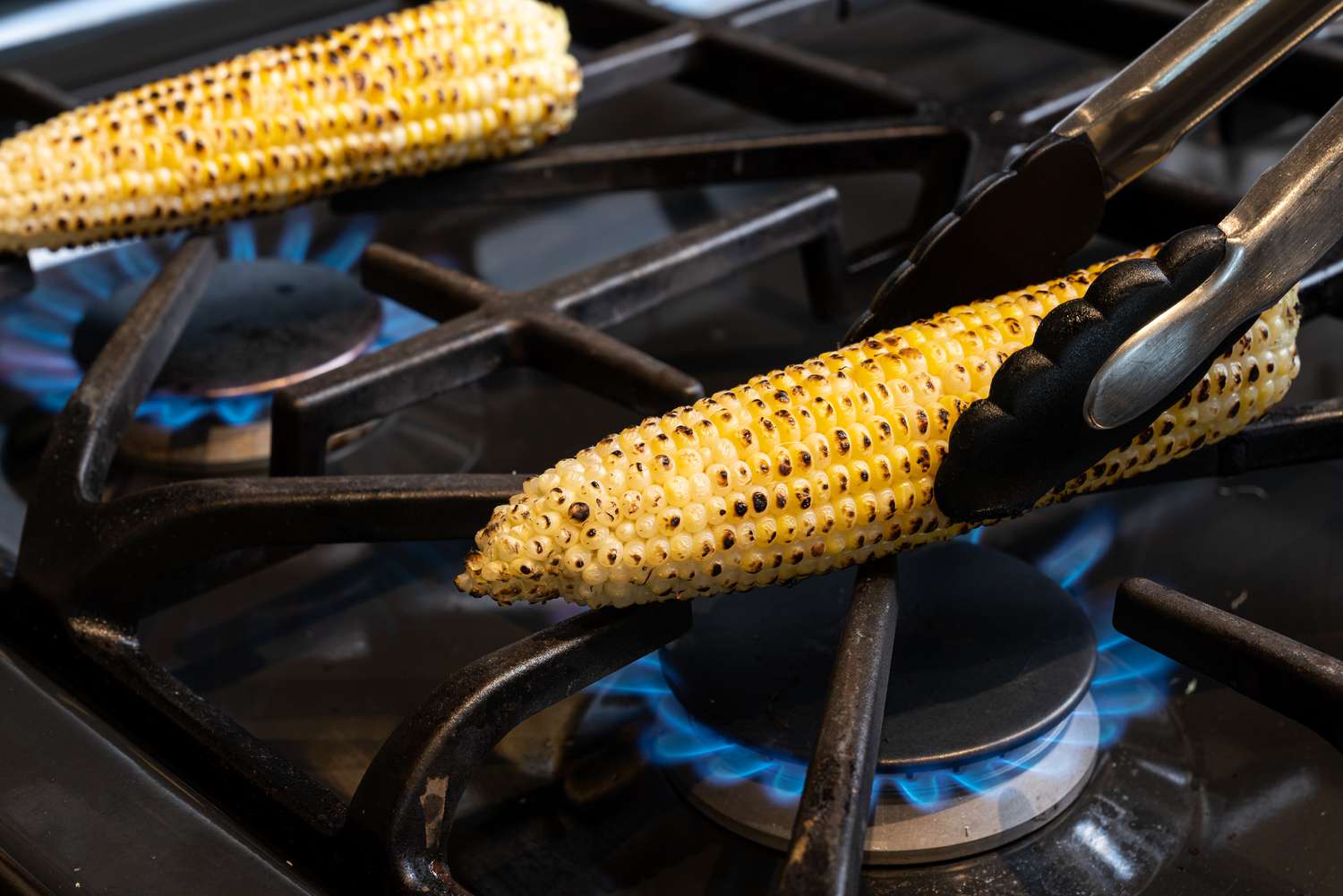
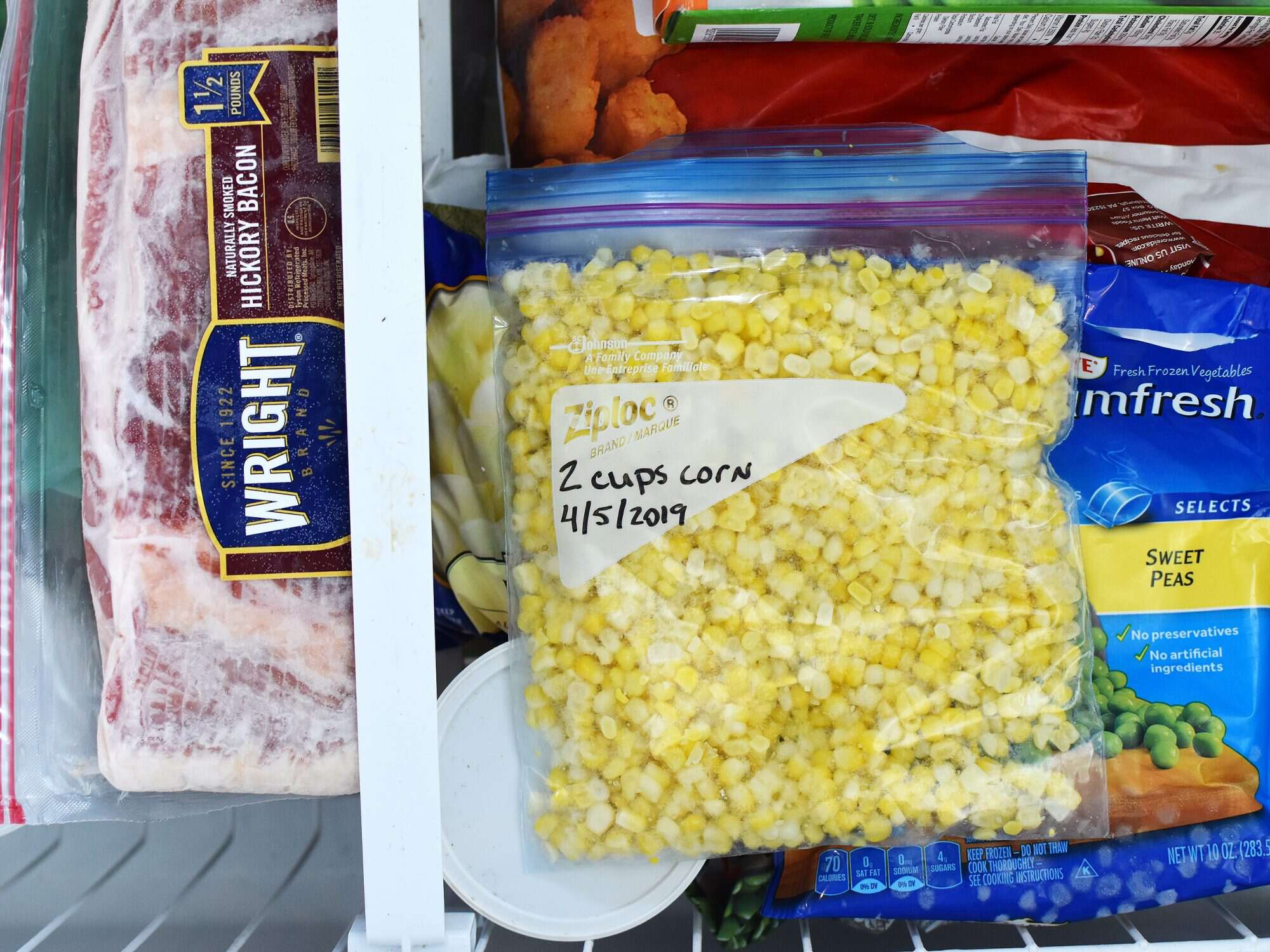

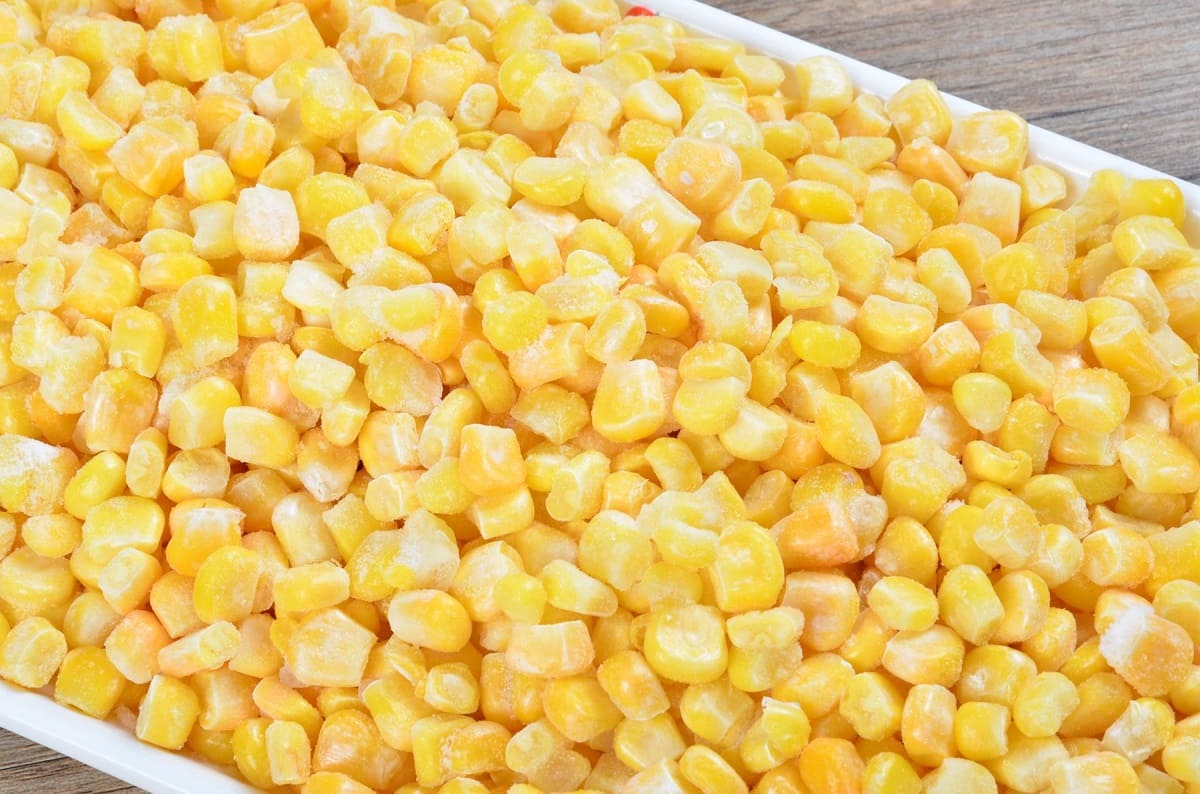
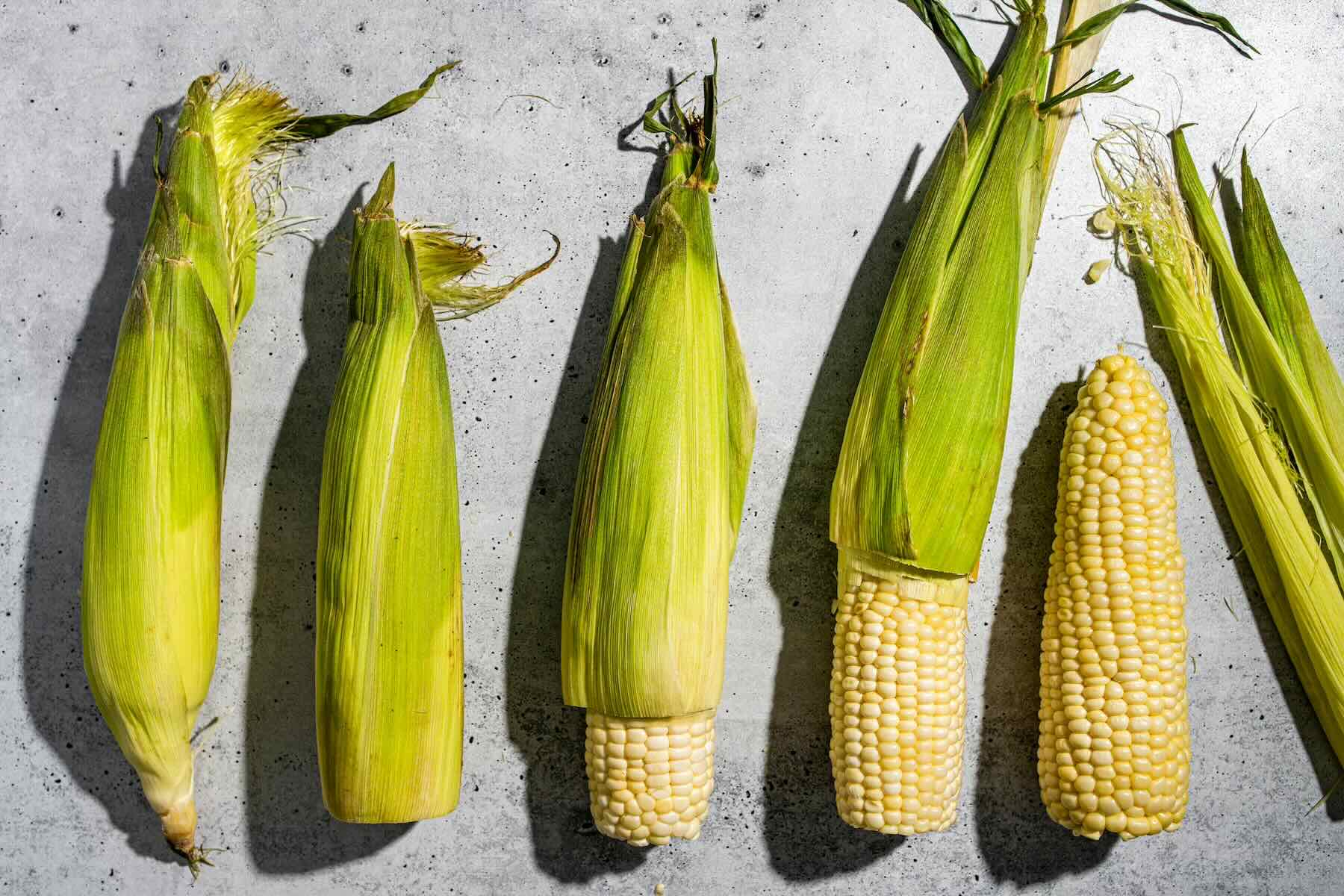
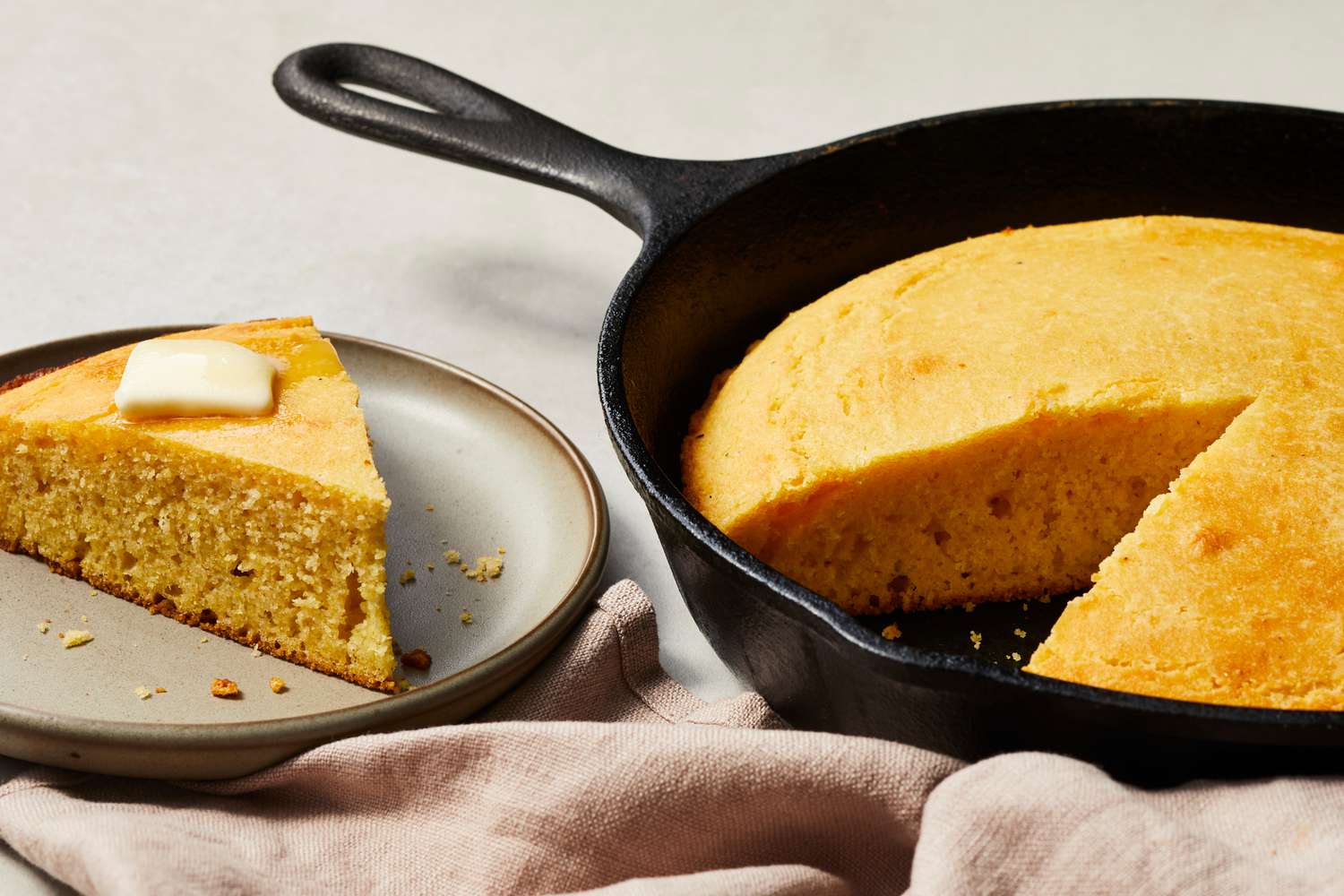

0 thoughts on “How To Store Corn On The Cob After Cooking”